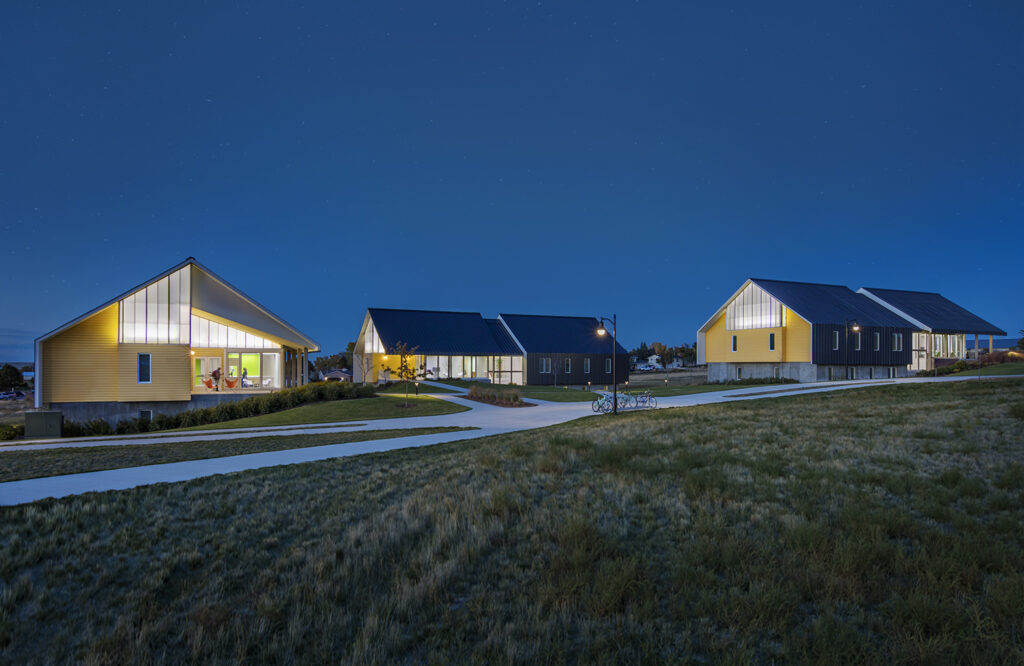




From student residences to classrooms, athletic fields to hands-on lab spaces, we work across all types of higher education facilities to create world-class spaces for students to learn.
Creating spaces that foster learning and growth is at the core of our Higher Education practice. Whether we’re designing a classroom or a residence hall or anything in between, we believe that the space needs to be unique to its users and embody the character and goals of its campus.





Higher education design involves far more than just the classroom – the experience created by environments for learning, socialization, rest and collaboration factor into every project, regardless of its core purpose. Flexible spaces, state-of-the-art technology, collaboration zones, outdoor spaces and more can all create opportunities for connection and community, between students and their peers as well as faculty.

Both programmed and informal learning spaces foster continuous learning both in and outside of the classroom.
Invite current students to weigh in on what matters to them, creating spaces that come from the student view point on furniture comfort, ease of use, and function, but more importantly their perspective and priorities.
Colleges must compete with the myriad of attractive amenities. Students expect low barriers to consistent strong, high-speed internet, wellness and collaboration spaces, high tech classroom technology, and more.